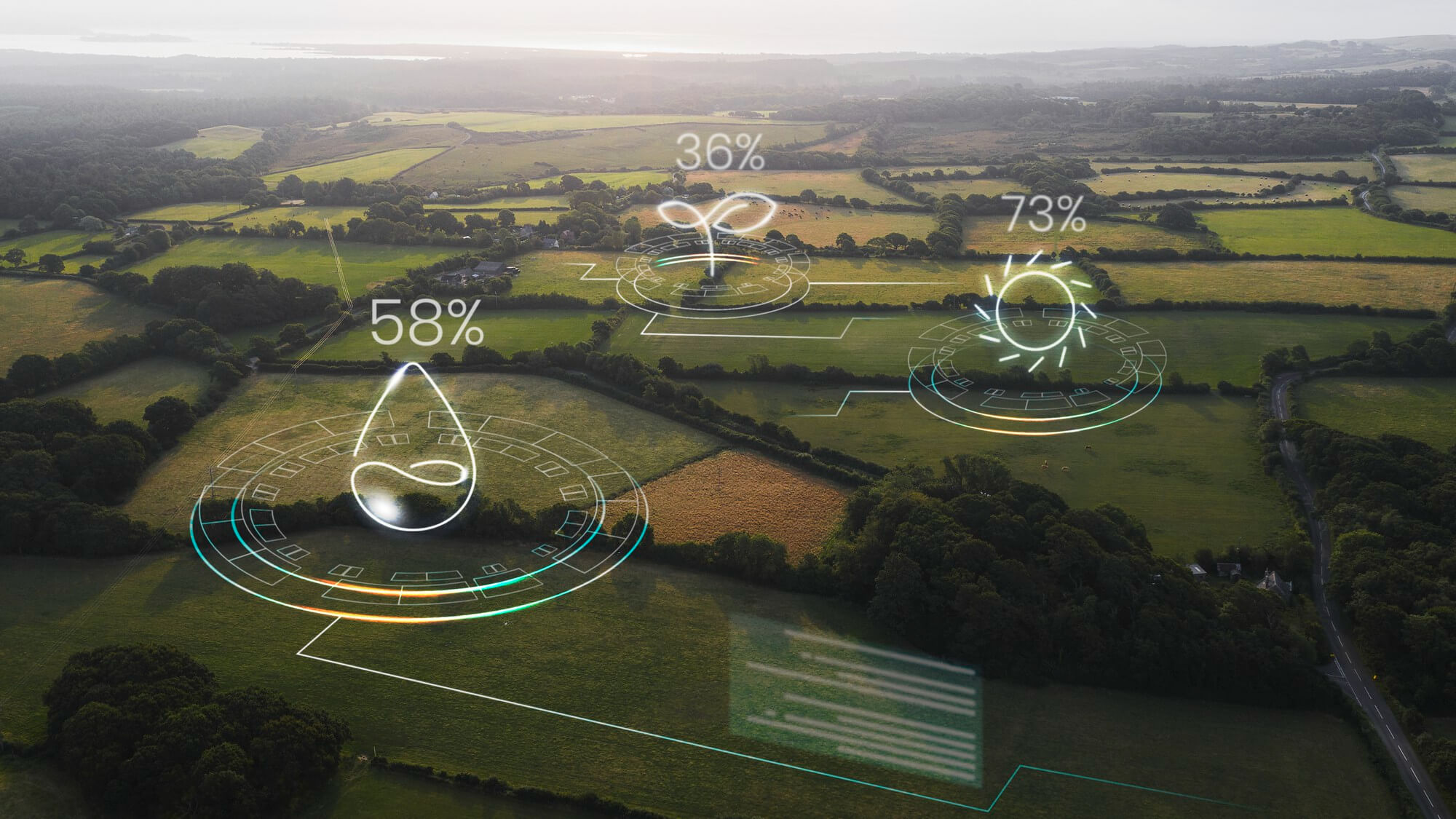Introduction: Why talk about green bonds?
When people talk about sustainable finance, one of the tools that often comes up is green bonds. Around the world, these instruments have become a symbol of how finance can help fight climate change. Investors provide capital, and in return, the money is directed towards projects like renewable energy, clean transport, or sustainable agriculture.
Globally, the market has exploded. In Europe, in the U.S., in Asia, billions have been raised through green bonds. They are now mainstream in international finance.
But when I turn my eyes to Africa, I see a paradox. The continent faces some of the most urgent climate challenges droughts, floods, desertification, lack of energy access. At the same time, Africa also has enormous opportunities: sunshine for solar power, fertile land for agriculture, rivers for hydroelectricity. If there is one region that needs green finance the most, it is Africa.
And yet, the African green bond market is still small, almost invisible compared to other continents. That’s why I call it a sleeping giant. The potential is there. The need is clear. But the system has not woken up yet.
The potential of green bonds for Africa
Let’s imagine what green bonds could do for Africa.
- Renewable energy for all
Today, more than 600 million Africans still lack access to electricity. This is not just a number it means children cannot study at night, hospitals cannot keep vaccines cold, and small businesses cannot grow. Green bonds could finance solar mini-grids in villages, wind farms near cities, and hydro projects in rural areas.
- Climate-smart agriculture
Africa’s agriculture is highly vulnerable to climate change. Farmers face unpredictable rains, droughts, and soil degradation. With green finance, we could fund irrigation systems, drought-resistant seeds, and techniques that protect biodiversity. This would mean more food security and stronger rural economies.
- Water and resilience projects
Many African cities face water stress, and rural communities are hit by floods and droughts. Green bonds could finance water harvesting systems, flood protection infrastructure, and sustainable water management.
In other words: green bonds could directly transform lives. They could bridge the gap between international capital and local needs.
The obstacles holding Africa back
If the potential is so great, why are green bonds not booming in Africa? In my view, there are three big obstacles.
- Credit ratings
Most African governments and companies are seen as “high risk” by international rating agencies. This means that when they issue bonds, they have to pay much higher interest rates compared to Western issuers. A green bond from Kenya, for example, might pay 7–9%, while a similar bond in Europe pays 2–3%. For investors, Africa looks “too risky,” even when the projects are strong.
- Currency risk
Most bonds are issued in dollars or euros. But African governments earn revenue in local currencies. If the local currency weakens, debt becomes more expensive. This creates hesitation both for issuers and for investors.
- Access and trust
International investors often don’t know enough about African markets. They worry about corruption, lack of transparency, or weak monitoring. They ask: “If I buy this green bond, how do I know my money will really go to a climate project?” The lack of trust limits appetite.
These barriers are real. But for me, they are not reasons to give up—they are reasons to innovate.
Creative African solutions
I believe Africa can unlock the green bond giant by finding its own solutions, not just copying Western models.
Regional green bonds
Instead of small countries issuing bonds separately, why not pool together? A regional body (like the African Development Bank or ECOWAS) could issue green bonds on behalf of several countries. This would spread risk and attract larger investors.
Local currency bonds
Issuing bonds in local currencies could reduce exchange risk. For example, a Kenyan green bond issued in shillings could attract both local pension funds and regional investors. This keeps value within Africa and reduces dependency on the dollar.
Community-linked bonds
Why not issue smaller bonds directly linked to specific projects? Imagine a “solar bond” for a village mini-grid, or a “water bond” for a rural dam. These instruments could attract diaspora investors, NGOs, and impact funds that want a direct connection to results.
Green sukuk (Islamic green bonds)
In North and West Africa, Islamic finance is growing. Green sukuk—bonds compatible with Islamic principles—could be a powerful way to mobilize capital for climate projects while respecting local culture and values.
Africa as a laboratory for green finance
What excites me about Africa is that it doesn’t need to follow old paths. It can create new models that combine tradition, innovation, and sustainability.
Think about tontines and community savings groups. These systems already exist across Africa. What if we designed green bonds that connect with these grassroots financial traditions? Imagine a green tontine that finances solar panels or irrigation pumps, supported by a bond structure.
This kind of creativity could make Africa not only a user of green bonds, but a pioneer of new green finance models.
Conclusion: Waking the giant
So, are green bonds in Africa a sleeping giant? Yes. The need is urgent, the potential is massive, and the world is watching.
But to wake this giant, we need more than words. We need:
- Courage from governments to issue bold instruments.
- Creativity from institutions to adapt models to African realities.
- Trust from investors to believe in Africa’s future.
If we succeed, Africa’s green bonds could not only fund climate projects, but also rewrite the global story of sustainable finance.
Because to me, the real question is not “can Africa afford green bonds?”
It is “can the world afford an Africa without them?”



